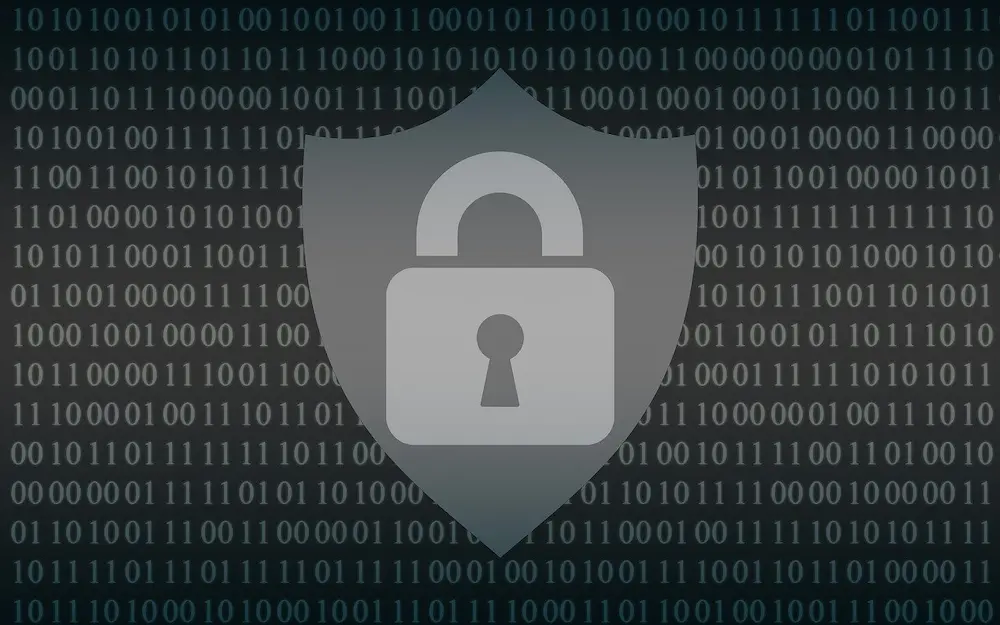In the ever-evolving cybersecurity landscape, ZTA has emerged as a paradigm-shifting approach to protect organizations from the increasing sophistication of cyber threats. Traditional security models that rely on perimeter defenses must be improved in the face of advanced persistent threats and evolving attack vectors.
This article explores the concept of ZTA, its fundamental principles, and the transformative impact of technology on shaping and enhancing ZTA strategies.
Understanding ZTA
ZTA is a security framework that challenges the conventional notion of a trusted internal network behind a secure perimeter. The core tenet of Zero Trust Architecture (ZTA) is to eliminate the concept of trust and verify every user, device, and application attempting to connect to the network, regardless of their location. Trust is never assumed in a Zero Trust model, and continuous verification is the foundation of security.
Technological Advancements Shaping ZTA Strategies
As the threat landscape evolves, so do the technologies that support and enhance ZTA. The following sections explore critical technological advancements and their impact on navigating ZTA’s security horizons.
Artificial Intelligence (AI) and Machine Learning (ML)
Integrating AI and ML technologies has significantly strengthened ZTA strategies. These technologies excel at analyzing vast datasets to identify patterns, anomalies, and potential security threats. In the context of ZTA, AI and ML contribute to:
- Behavioral Analytics: AI-driven behavioral analysis helps understand typical user and device behavior patterns. Any deviations from these patterns, such as unusual login times or access attempts, can trigger alerts for further investigation.
- Anomaly Detection: Whether it’s an unusual data transfer pattern or unexpected network activity, AI and ML systems enhance the ability to identify potential security incidents.
- Predictive Analysis: AI is increasingly employed for predictive analysis, allowing organizations to anticipate potential security risks based on historical data and emerging trends. This proactive approach aligns with the Zero Trust principle of assuming a breach and taking preemptive measures.
Zero Trust Network Access (ZTNA) Solutions
ZTNA solutions represent a significant advancement in implementing Zero Trust principles. Unlike traditional Virtual Private Networks (VPNs), ZTNA focuses on providing secure access to specific applications rather than granting broad network access. Critical components of ZTNA include:
- Software-Defined Perimeter (SDP): SDP is a core component of ZTNA, creating an invisible perimeter around the resources that need protection. Users must authenticate before accessing specific applications, and their access is limited to the bare minimum required.
- Identity-Centric Access: ZTNA solutions prioritize identity-centric access controls. Users are granted access based on their verified identity, and contextual factors such as device health, location, and access time are considered.
- Scalability and Flexibility: ZTNA solutions are designed to be scalable and flexible, accommodating the dynamic nature of modern work environments. Whether users access resources from the office, home, or on the go, ZTNA ensures a consistent and secure access experience.
Blockchain Technology
Blockchain technology, known for its role in securing cryptocurrencies, is finding applications in enhancing the security of ZTA. The decentralized and tamper-resistant nature of blockchain contributes to the following:
- Immutable Audit Trails: Blockchain can create firm audit trails of user and device activities.
- Decentralized Identity Management: Traditional identity management systems are susceptible to central points of failure. Blockchain introduces decentralized identity management, where users control their identities through cryptographic keys, reducing the risk of identity-related attacks.
- Smart Contracts for Access Control: Smart contracts, self-executing pieces of code on a blockchain, can automate access control processes.
Cloud-native Security Solutions
The widespread adoption of cloud computing has prompted the development of security solutions designed explicitly for cloud-native environments.
- Zero Trust Cloud Security Posture Management (CSPM): CSPM solutions provide continuous visibility into an organization’s cloud infrastructure, identifying misconfigurations and potential security risks. This aligns with the ZTA principle of constant monitoring to ensure a secure cloud environment.
- Cloud Access Security Brokers (CASB): By enforcing policies and controls on data transfer and access, CASB aligns with ZTA principles of least privilege access and continuous verification.
- Container Security: Container security solutions ensure that each microservice within a containerized environment adheres to Zero Trust principles, preventing lateral movement and unauthorized access.
Challenges and Considerations in Implementing ZTA
While the evolution of technology has significantly enhanced ZTA strategies, challenges persist in implementing this security framework. ZTA’s stringent access controls and continuous verification processes can sometimes impact the user experience. Striking a balance between robust security and a frictionless user experience is essential. Organizations should invest in user education and communication to ensure that employees understand and accept security measures. As organizations adopt ZTA, they must navigate the complex landscape of data privacy regulations and compliance requirements. ZTA strategies often involve collecting and analyzing vast amounts of user and device data for security purposes.

ZTA represents a paradigm shift in cybersecurity, challenging traditional models and emphasizing a proactive, continuous approach to security. As organizations navigate the security horizons with ZTA, they must address integration challenges, prioritize user experience, adhere to data privacy regulations, manage resource constraints, and foster a culture of security awareness.
Embracing the principles of ZTA and leveraging the latest technological advancements will be essential for organizations seeking to fortify their defenses, adapt to evolving cyber threats, and build a resilient security foundation for the future. In a world where the only constant is change, ZTA is a beacon of cybersecurity innovation, guiding organizations toward a future where trust is earned, not assumed.













